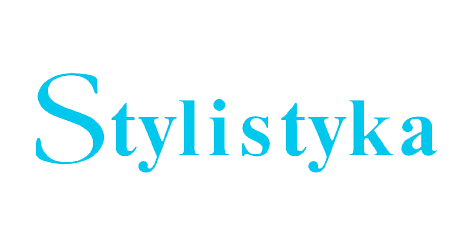

 https://doi.org/10.25167/Stylistyka.25.2016.5
https://doi.org/10.25167/Stylistyka.25.2016.5
Cross-disciplinary transfer of knowledge appears to be one of the vital processes and an important task to undertake. This article shows that the transfer in the field of broadly understood stylistics, textology and language communication in the light of Polish studies does exist within the boundaries of the Slavic cultural circle. This has been happening thanks to, among others, initiatives by Professor Stanis³aw Gajda, one of the prominent figures of the Polish language and literature science. The first part outlines professor Gajda’s academic profile, focusing on the most prominent output and forms of academic activities, the second part, consequently introduces the Professor’s selected ideas and thoughts, with comments and interpreta- tions intended specifically for the German-speaking audience. Three works, covering complex academic problems, have been given special attention as representatives of the Author’s research: Presti¿ a jêzyk [Prestige and Language] (2010), Styl jako humanis- tyczna struktura tekstu [Style as the Humanistic Structure of a Text] (1983) and Teoria stylu i stylistyka [The Style Theory and Stylistics] (2013). In all these works the thoughts expressed by the Author are truly inspiring: he takes into account apparently distant approaches and leads the reader to find for them a common goal, through integrating different areas. The first dissertation deals with the complex understanding of discourse in the Polish language studies, connects the notion of prestige functioning in various academic disciplines with the theory of discourse and presents it in a multi-faceted manner, inspiring discussions about other discourse categories. The most prominent notion of the second work cited above, that is “style as a humanistic structure of a text” has already earned the status of canonical in stylistics. The Author claims that the notion of humanistic structure with reference to any text remains valid, and consequently, the style is an unalienable feature of a text, then the humanistic structure of a text is a natural result of this reasoning. This implication seems obvious, though professor Gajda’s approach seems influential in terms of various context of style research. In the third work the Author stresses that the main objective of the theory of style as an academic discipline is to create a comprehensive idea of a style, encompassing references to various traditions and directions of study.
##plugins.themes.libcom.download_files##
##plugins.themes.libcom.cit_rules##